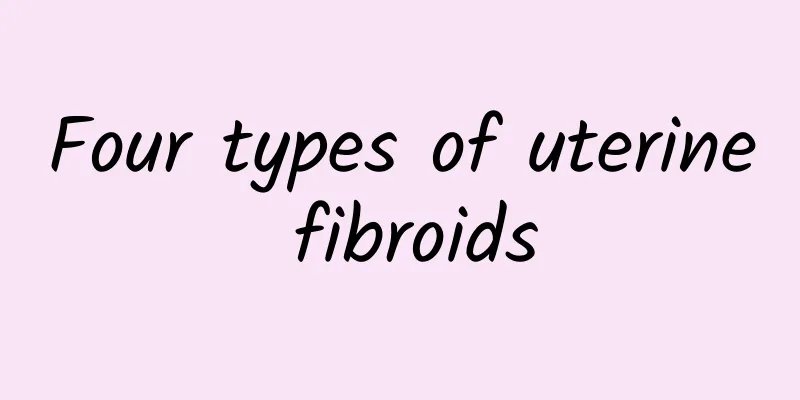Four types of uterine fibroids

|
Uterine fibroids are a common type of benign tumor in women. Uterine fibroids are classified according to the different locations of the fibroids. The following gynecological experts introduce the classification of uterine fibroids: 1. Intramural fibroids: Uterine fibroids are more common at the beginning. The fibroids are located within the uterine muscle wall and are surrounded by the myometrium. It is the most common uterine fibroid in women, accounting for about 60-70% of all uterine fibroids. 2. Submucosal fibroids: Submucosal fibroids account for about 10%. They are formed by intramural fibroids growing in the uterine cavity, protruding in the uterine cavity, and directly contacting the mucosal layer. This tumor can gradually increase the deformation of the uterine cavity and is often connected to the uterus. For example, a long pedicle can block the cervix or detach from the vagina. 3. Subserosal fibroids: Subserosal fibroids are a common type, accounting for about 20%. Intramural fibroids develop into the serosa, protrude from the surface of the uterus, and directly contact the serosa. If it grows between the leaves of the broad ligament, it is an intra-ligament fibroid. 4. Cervical fibroids: It is a rare type of uterine fibroids. The fibroids grow in the cervix. Because of the low growth position, they can be embedded in the pelvic cavity, causing compression symptoms, making surgical removal difficult and easily damaging the ureter and bladder. Gynecological experts warn: If uterine fibroids are not treated in time, they will often cause infertility as the size of the fibroids increases. The reason for infertility caused by uterine fibroids is usually because the cervix or the inner opening of the fallopian tube is blocked, affecting the passage of sperm, or the fibroids occupy the site of implantation of the fertilized egg, making it impossible to give birth. Even if pregnancy occurs, it often causes miscarriage due to the impact on embryo development. As for the late pregnancy, premature birth, obstructed delivery or postpartum hemorrhage may be caused by abnormal uterine contraction. |
<<: What should you pay attention to after menopause
>>: The "four best times" for treating uterine fibroids
Recommend
Analyzing the most common causes of uterine fibroids
Clinically, gynecological diseases are a type of ...
How to diagnose female cervical erosion? Recommended Chinese medicine treatment methods for female cervical erosion
How to diagnose cervical erosion? Nowadays, cervi...
Does cervical hypertrophy affect cervical examination?
Cervical hypertrophy may affect the accuracy of c...
Symptoms of irregular menstruation
Menstrual irregularity refers to abnormalities in...
How to treat common vaginitis and cervicitis? Maintain good hygiene habits
Ordinary vaginitis can be treated with medication...
Is it true that eating dessert in the morning can help you lose weight and prevent weight gain? Breakfast dessert experiment tells you
When losing weight, the first thing that comes to...
How long can I breastfeed after a miscarriage during lactation? Learn more about it early
After abortion during lactation, you should adjus...
Can patients with pelvic inflammatory disease get pregnant?
Can you get pregnant with pelvic inflammatory dis...
Which is less harmful, medical abortion or surgical abortion?
Due to the openness of social relations nowadays,...
Do you know what causes cervical hypertrophy?
Cervical hypertrophy is a type of chronic cervici...
What should I do if endometrial polyps cause prolonged menstruation?
What should I do if endometrial polyps cause prol...
Can cervical precancerous lesions be cured?
Cervical precancerous lesions are a relatively se...
Mid-Autumn Festival barbecue vegetables and fruits into dishes "sauce" to eat healthily
Many businesses will launch barbecue ingredient c...
Drug treatment of endometrial tuberculosis
Endometrial tuberculosis often follows pulmonary ...
Recommended effective treatment methods for early stage adnexitis
The early stage is the best time to treat adnexit...









